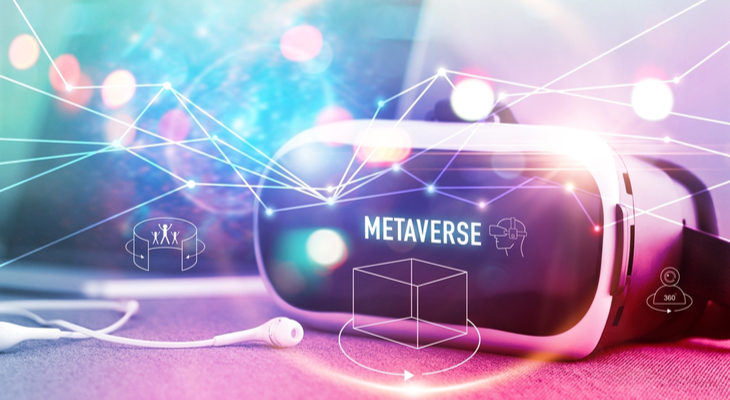#crypto #metaverse #NFT
“Metaverse applications are in high demand to provide an immersive and seamless experience in 2022”–Paul Ebeling
Basic
Only time will tell whether the competing extended reality experiences shape up to become a single connected metaverse. But here’s what’s clear now: Organizations across industries have already been looking to metaverse components, for example, extended reality headsets, blockchain and non-fungible tokens (NFTs), IoT, and cloud technologies, as a means of connection and new sources of revenue. That exploration is likely to continue in new ways as these developing technologies increasingly interconnect and mature.
With multiple iterations, internet technology continues to transform and bring fantastic opportunities to users. From using static websites to navigating the web 2 experiences, we all have witnessed the power of digital evolution. The Metaverse comes next in this chain of advancement. A VR headset is all you need to augment the real-world things around you virtually. Although Metaverse’s virtual world is not real, it is close to reality. With technological advancement, the Metaverse may get even more exciting and real, and users will soon touch and feel virtual objects through haptic gloves.
Emerging
At its heart, the Metaverse is defined by its immersive experience for users, and this wouldn’t be possible without AR and VR. The Metaverse and VR are terms often used interchangeably, but there are some differences. The Metaverse is all about connected VR experiences. A single-player game in VR is not part of the Metaverse, but a shared meeting in VR is. In the future, the Metaverse may expand beyond VR to much more futuristic technologies.
Virtual fitting room technology is also taking off to help improve e-commerce experiences. By allowing shoppers to overcome the barriers of online shopping, they can choose the item that’s best for them without having to leave the comfort of their homes. In the future, the Metaverse can improve on this technology by fully immersing you in a virtual representation of the store in VR.
However, the VR experience requires expensive equipment such as a virtual reality headset, which is not the most affordable option for most people. Against this background, it is augmented reality technology that can become the main driving force behind the development of the Metaverse. According to Statista, 83.96% of the world’s population owns a smartphone, which means potential access to AR capabilities.
Advanced
Blockchain technology provides a decentralized and transparent solution for digital proof of ownership, digital collectibility, transfer of value, governance, accessibility, and interoperability. Cryptocurrencies enable users to transfer value while they work and socialize in the 3D digital world.
For example, crypto can be used to buy virtual lands in Decentraland. Players can purchase 16×16 meter land parcels in the form of non-fungible tokens (NFTs) with the game’s cryptocurrency MANA. With the support of blockchain technology, the ownership of these virtual lands can be established and secured.
In the future, crypto can potentially incentivize people to actually work in the metaverse. As more companies take their offices online for remote working, we might see metaverse-related jobs being offered.
Differentiated
One of the keys to the potential success of the Metaverse is the promise of highly immersive experiences. While this can improve social interactions for some people, it can also become a huge wall for people with disabilities to access this future digital world. Not only that, people with a low level of digital capabilities can find themselves out of this new social economy and experience. That is why AI for accessibility should play a fundamental role in guaranteeing the access of everyone to the Metaverse, despite their abilities.
A tip of my hat to sovereign individuals with satoshis and Bitcoin in cold storage with our firm. Click here
Have a prosperous week, Keep the Faith!









